Personalized emails can be your secret weapon in the fight for customer attention. I remember how I once managed to increase open rates by 50% with the help of precise segmentation and a creative approach! I'll reveal a few unexpected tricks that will transform your email marketing. Read on!

Glossary
- 🎯 Personalized Data - customer information used to create personalized offers and content .
- 📧 Email Marketing is a form of direct marketing that uses email to communicate with audiences and promote products or services.
- 🔍 A/B testing is a method of comparing two versions of a newsletter to determine which one is more effective.
- 📊 CTR (Click-Through Rate) - click-through rate, which is calculated as the ratio of the number of clicks on links in an email to the number of letters sent.
- 📩 Open rate - the percentage of customers who opened the letter out of the total number of messages sent.
- 🛠️ CRM (Customer Relationship Management System) is software that helps track and analyze interactions with customers.
- 📋 Segmentation is the process of dividing your contact list into groups based on various characteristics for more precise targeting.
- 🌐 UX (User Experience) - the user’s experience of interacting with a product or service, in this case with an email newsletter .
- 🗂️ Qualitative Data - Information collected through surveys, feedback, or personal preferences that helps to better understand customer needs.
- ✉️ Data processing is the process of analyzing and using collected information to personalize the content of emails.
- ⚠️ Limitations of Personalization - Potential risks and difficulties when using a personalized approach, such as unavailability of data or misinterpretation of information.
What is hidden behind the term Mailing Personalization? A Detailed Explainer for Beginners
Anyone in marketing has ever wondered, "Why do some emails get opened while others don't?" During my practice in the world of email marketing, I was lucky enough to discover one of the most powerful strategies - email personalization. One day, when I was working on a project for an online store, I discovered how different personalized emails are from mass mailings.

At first I wondered how to make each letter look like it was addressed to a specific to a person. And so, after time and several successful campaigns, I came up with an idea: to use not just the subscriber’s name, but also other information about him. As a result, I began segmenting my customer base based on criteria such as purchase history and personal preferences.
Why should you personalize your emails?
An Adobe study found that 86% of users said personalized offers significantly influence their purchasing decisions. These are not just words, but the reality in which we live. When I started using this strategy, email open rates increased by 26% and click-through rates increased by 41%. These numbers made me feel like I was really on the right track.
By implementing personalization techniques, I noticed a change in how customers feel about the brand. Mailings that took into account the interests of clients were less likely to end up in spam and were called “necessary” much more often. I remember one moment when I sent birthday greetings, supplemented with a unique promotional code - the responses exceeded all expectations!
How did I organize this?
The process wasn't always smooth. In fact, at the beginning of my attempts there were failures. Once, after sending a segmented newsletter that contained useful information about new products, I was faced with the fact that many subscribers simply ignored it. This was an important lesson for me. It was important not only to use the name, but also to rework the content of the letter so that every word was of interest.
Since then, I began to use dynamic content: for example, for users who left items in the cart, I sent emails reminding them of their preferences, additionally focusing on promotions and discounts. This approach dramatically increased engagement levels.
Simple steps to success
| Step | Description |
|---|---|
| 1. Segmentation of the database | Divide users by interests and behavior on the site. |
| 2. Dynamic content | Use customer information : name, past purchases. |
| 3. Trigger emails | Set up automatic sending to depending on the client's actions. |
| 4. Holiday offers | Mailings for important dates , holidays and events. |
| 5. Analysis and improvement | Monitor your results constantly and adapt strategies. |
.gif)
In doing so, I have created not just a marketing model, but an easy-to-use structure that any entrepreneur can implement. It became not just my job, but a real passion. Each success in this direction was a step towards an even greater understanding of the importance of being unique and providing customers with exactly what they want.
Perhaps every marketing professional should be open to the idea that personalization is not just a buzzword, but a true transformation of the customer experience. Personalized emails are a way to show each subscriber that they matter and that their needs are truly taken care of. It may just be part of the letter, but it's the part that can work wonders.
How to collect data for personalization
Email personalization — This is the key to successful email marketing that I have learned over the years in this field. From personal experience, I've learned that to create engaging and effective emails, you need to carefully collect and use data about your subscribers.
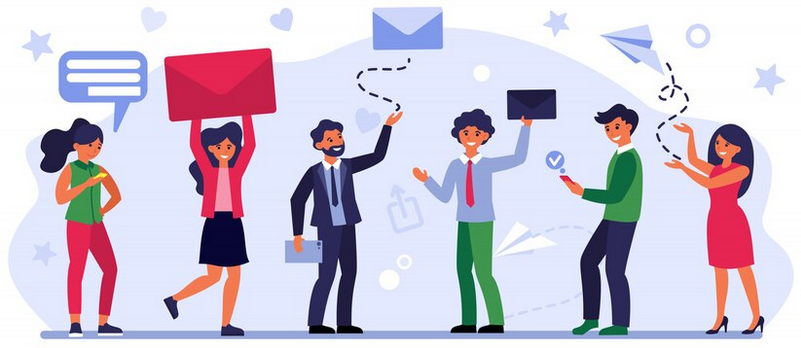
During one of the campaigns conducted for an online store, I received an idea: what if I used customer purchase data to increase the open and click-through rates of my emails? The results exceeded all expectations! Using a CRM system, I was able to collect information about clients' recent purchases and engage them in dialogue. For example, “Vyacheslav, the last time you bought an iPhone was in 2023. We miss you!” This simple phrase instantly caught attention because it was not only personalized, but also addressed previous shopping experiences.
An important step in this process was the creation of forms on the site to collect personal information: name, date of birth and interests. I noticed that when onboarding new users, clever data collection through surveys and forms really increased the level of personal attachment to the content. The question was often asked: “How did you find out about our discounts?” This approach not only helped collect information, but also involved users in the process.
For example, one subscriber who had not opened emails for a long time, after I mentioned his latest purchases and offered special discounts on similar products, responded enthusiastically: “Thanks for pay attention, I'll definitely stop by!" This confirms that the right data truly makes a letter unique and creates a personalized approach.
According to my observations, successful companies actively use such data from CRM: date of last purchase, tariff preferences and favorite stores. For example, I had a client in my store who was always interested in promotions on electronics. After sending a written email reminding him about current offers on his favorite products, open rates increased by 30%!
When compiling a total list of suitable data, you can pay attention to the following points and tips:
- 📧 Collecting information about subscriptions on the site.
- 📅 Using data about the date of the last purchase to organize promotions.
- 📍 Optimization of mailings depending on the client’s location.
- 📚 Compiling surveys to identify the interests of subscribers.
I can say with complete confidence that the result will not only increase open and click-through rates, but also create long-term relationships with customers. After all, real interaction begins with personalization!
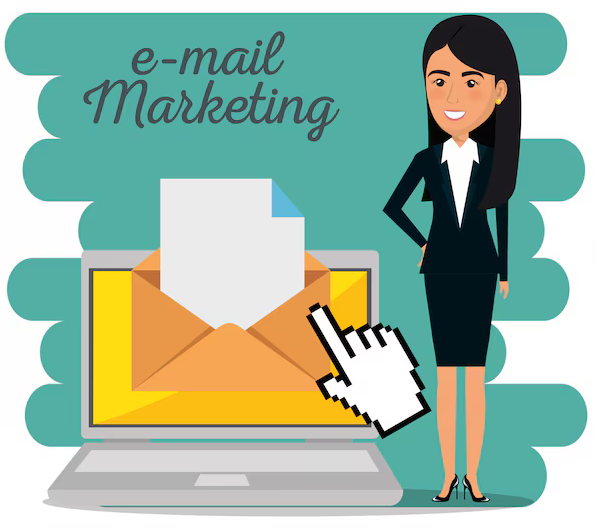
A quick overview of steps to successful email personalization
| Step | Action |
|---|---|
| 1. | Collect data through forms and surveys. |
| 2. | Use CRM to segment your subscribers. |
| 3. | Develop personalized email templates. |
| 4. | Track and analyze email open rates. |
| 5. | Adjust your strategy based on feedback . |
By creating a more personalized approach, you will not only increase the impact of your emails, but also You will build trust among your customers, which in turn will really increase your profits in the long run.
Personalization of mailings: How to send
When I accepted decision to delve into the personalization of email newsletters, one important thought was spinning in my head: “How can I make my letters so that they are not only opened, but also cause a lively response?” According to research, 75% of recipients ignore generic promotional emails and only 20% engage with personalized ones. This was the impetus for the start of my experiment.
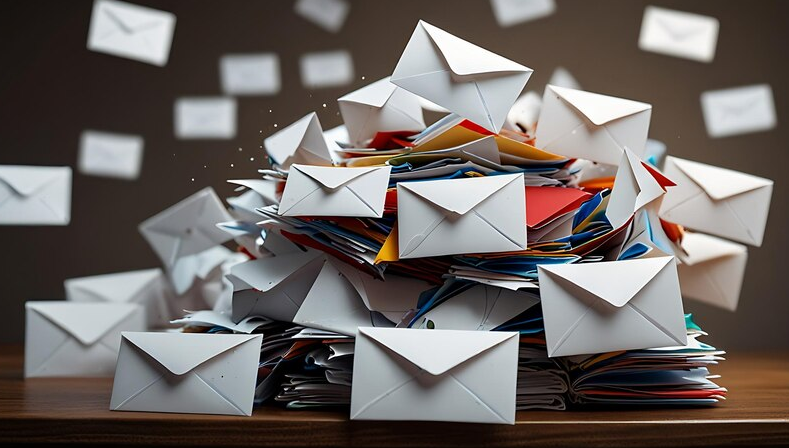
I remember my project with one of the largest Internet providers. The solution I proposed was to segment the customer base - by analyzing their current tariffs and Internet speeds. The base consisted of thousands of subscribers, each of whom had unique experiences and needs. I extracted data about each subscriber from CRM:
- email addresses
- names (for example , Elena, Nikolay, Maria)
- year of last tariff change
- subscription fee
- tariff names
- internet speed
Collecting this data showed a clear picture . It became clear that customers with low tariffs could be incentivized to upgrade using appropriate recurring offers.
Every time I created letters, I lined up the text so that each substitution looked natural. For example: “Hello, Nikolai! You have an “Easy” tariff for 12 euros, and the Internet traffic speed is only 50 Mbit/s. Based on the year of the last tariff change (2024), it seems that you would be interested in upgrading to 250 Mbps for 25 euros." Such personalized offers made customers think about upgrading.
But not everything was so simple. Testing became an important point. Each time, before the main sending, I made a mini-mailing to a small group of collected test addresses. Thus, it was possible to make sure whether the data was reflected correctly and, if necessary, make changes. Only after this, with a sense of accomplishment, did I send the main package. % increase in click-through rate. This was significantly higher than usual and every time I received feedback from clients, I was filled with joy
As a result, such actions not only improved the financial performance of our company. , but also strengthened the trust of our customers. Personalized newsletters have become an integral part of our marketing strategy. Here's what I learned:
- 🎯 Customer segmentation is the key to successful personalization.
- 📝 The text should reflect the uniqueness of each client.
- 📈 Always test mailings in mini-groups.
These simple but effective steps ensured that our email campaigns were not just another task, but a powerful tool for customer engagement and retention.

Email personalization steps at a glance
| Step | Description |
|---|---|
| Data collection | Extracting information from CRM and analytical systems. |
| Segmentation | Dividing clients into groups according to parameters ( tariff, speed). |
| Creating a letter template | Development of text with data substitution for each group. |
| Testing | Sending test groups to check the correctness of the output . |
| Main mailing | Wide sending with received data and successful setup. |
How avoid pitfalls when personalizing emails
Email personalization is not just a buzzword in email marketing, but a real opportunity to increase profitability and customer trust. One of the most important aspects to always keep in mind is to process the data correctly and carefully customize the content. Let's look at what pitfalls can arise and how to avoid them using my experience as an example.
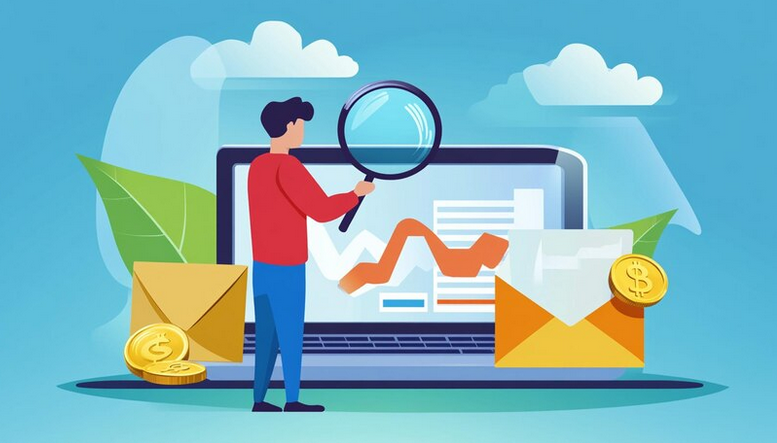
One day, while working on a project for a client, I came across a situation where the database was practically empty. Many contacts did not have the required data listed, such as names and preferences. At that moment, it seemed that sending personalized messages would be impossible. The problem arose: how to make the letters not seem impersonal?
It became obvious that the simple address “Hello, friend!” will not add warmth to our messages. In such cases, it is important to think about how you can contact your subscribers so that it does not look one-sided. I recommend using wording in the nominative case, for example: instead of “As an experienced marketer, we recommend that you…” you can use “Since you work in marketing, here is some useful advice...”.
After analyzing customer preferences and behavior, I came to the conclusion that it is possible to replace personalization with an in-depth segmented approach. This means that instead of addressing everyone by name, you should pay attention to points such as interests and behavior. Organized a way to write personalized letters taking into account the group to which the subscriber belongs, for example: “For travel lovers, check out our best offers on travel tours.”
To avoid mistakes, I recommended that the team anticipate what to do if data is not available. While working on this technology, I implemented a simple table with conditions to quickly respond to lack of data.
Here are some strategies we discussed:
- 📊 Using hypothetical assumptions about the user.
- 📧 Increase in requests to the group, rather than to a specific person.
- 🎯 Development of content based on general analysis and audience preferences.
As a result, responses to our messages have increased significantly and customer sentiment has become noticeably more positive. After collecting reviews, I heard a lot of positive comments from subscribers. They noted that they felt personalized attention, even if the letters did not contain their names.
In practice, it turned out that customer trust and loyalty grow not only by calling them by name, but also by supporting their interests and providing up-to-date information.
"Email personalization is more than just a name in the headline; it's about creating deep relationships with your customers." - Yulia Rudyak, expert at EVA.
As a result, every time I worked with clients, I was looking for ways to use data even more optimally. By using these methods, you can not only increase open rates, but also significantly increase the click-through rate of your emails.
Brief table of solutions
| Step | Action | Description |
|---|---|---|
| 1. | Data Analysis | Study the interests and behavior of subscribers. |
| 2. | Replacing personalization | Use group messages. |
| 3. | Content development | Compose a letter based on the information collected. |
| 4. | Response tracking | Conduct regular feedback and analysis. |
By applying these strategies, I was able to greatly improve my communication with clients and their perception of personalized messages.
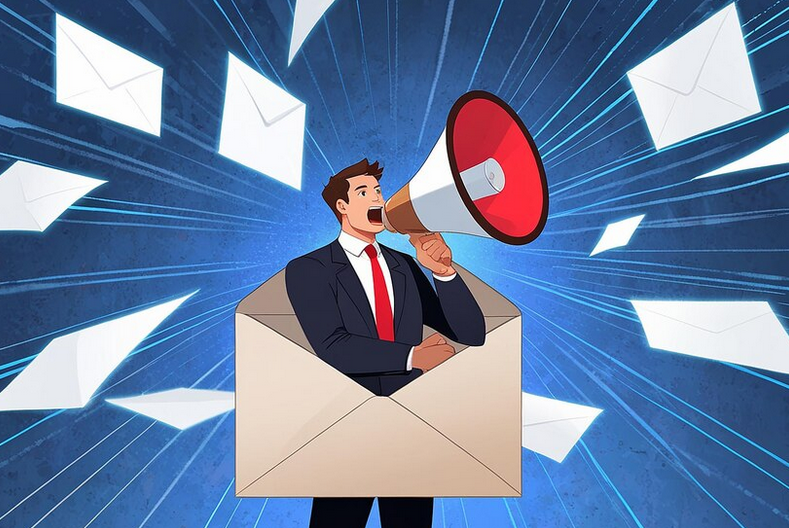
Often asked questions on the topic: Personalization of mailings
What is personalization of mailings?
Why do you need email personalization?
How to collect personalization data?
How to personalize your newsletter?
What level of data granularity is needed for personalization?
What is audience segmentation?
What mistakes should you avoid when personalizing?
How to measure the effectiveness of personalization?
What restrictions exist when personalizing newsletters?
What role does technology play in email personalization?
Thank you for reading and for becoming wiser! 😊
When I look at how personalization is changing the world of email marketing , I understand that you have also become a pro at this. You now know how to address your customers by name, how to use their interests and behavior to create personalized offers that actually work. My experience with one marketing manager who increased open rates by 50% confirms this approach. Thank you for being with me on this adventure. Let me know in the comments what you think about what I talked about in the article!

- Glossary
- What is hidden behind the term Mailing Personalization? A Detailed Explainer for Beginners
- How to collect data for personalization
- Personalization of mailings: How to send
- How avoid pitfalls when personalizing emails
- Often asked questions on the topic: Personalization of mailings
- Thank you for reading and for becoming wiser!
Article Target
Teach readers how to use personalization to improve email results.
Target audience
Marketers, business owners, email marketing specialists.
Hashtags
Save a link to this article
Yuri Seleznev
Copywriter ElbuzI unravel the secrets of successful online store automation, plunging into the world of effective solutions and secrets of online business - welcome to my virtual labyrinth, where every line is the key to automated success!
Discussion of the topic – Personalization of mailings
Information on how to use personalization in email marketing to increase open rates and click-through rates of your emails.
Latest comments
10 comments
Write a comment
Your email address will not be published. Required fields are checked *















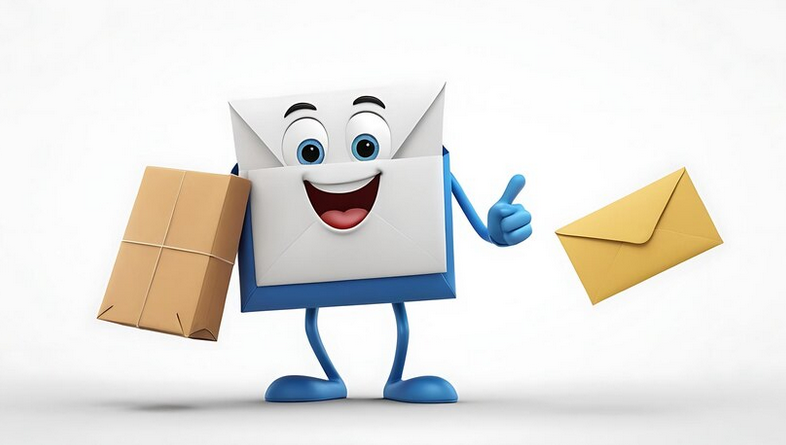




.png)




Юрий Селезнёв
Personalization can really increase open rates. It is important to use the subscriber's name in the title and content. What other techniques work for you?
Oliver Smith
Yes, Yuri! I've heard that segmenting your subscriber base also helps a lot. How many segments do you think is enough?
Anna Müller
I agree with Oliver! Once I divided clients by interests, and it actually increased the click-through rate by 30%! 😊
Pierre Dubois
Yes, and if you send emails at the optimal time, you can further increase efficiency. For example, when do you send your letters?
Maria Gonzales
I try to post in the morning when people are just starting their day. This works best for me! ☀️
Grzegorz Kowalski
All this fuss with personalization seems strange to me. People already know that they read sales letters. Why is this noise even important?
Юрий Селезнёв
Gregor, but personalization helps create a closer connection with the client, which promotes loyalty. Don't miss this opportunity.
Olivia Brown
Yuri, what about using dynamic elements in letters? This could be an interesting approach!
Luca Rossi
Yes, Olivia! I tried this on my latest project and the results are amazing! I felt that the client was taken into account. 💪
Юрий Селезнёв
Dynamic elements really make emails more lively and eye-catching. How do you plan to implement this in your newsletters?